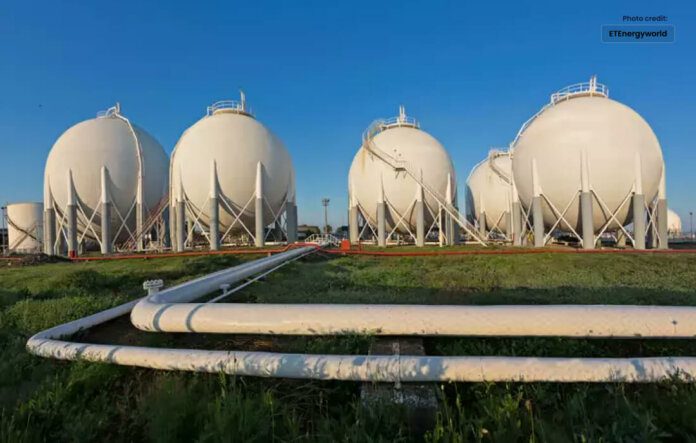LPG, a versatile energy source, powers the daily lives—from cooking.
Liquefied Petroleum Gas (LPG) has become a vital energy source, powering homes, businesses, and industries worldwide. Its versatility, efficiency, and environmental benefits have made it an attractive alternative to traditional fuels. In this blog, we will delve into the world of this, exploring its composition, applications, benefits, and its role in promoting a sustainable energy future.
Understanding LPG: What is it?
Liquefied Petroleum Gas, commonly known as LPG, is a mixture of propane and butane gases. It is derived from natural gas processing and crude oil refining. These gases are compressed into a liquid form under moderate pressure to make transportation and storage easier. It is stored and transported in specialized containers, ensuring safety and efficiency.
The Versatility of LPG: Applications
Household Use:
This is most commonly used in households for cooking, heating, and hot water supply. LPG-powered stoves and ovens offer precise temperature control and instant heat, making them a popular choice for cooks and chefs.
Industrial and Commercial Applications:
Many industries rely on LPG for various processes such as space heating, metal cutting, soldering, and drying. It is also used in hospitality establishments for cooking and water heating.
Automotive Fuel:
It is used as an alternative automotive fuel in some countries. Vehicles equipped with LPG conversion kits can run on either LPG or gasoline, reducing emissions and fuel costs.
Refrigeration:
In the refrigeration sector, LPG serves as a replacement for chlorofluorocarbons (CFCs) and hydrochlorofluorocarbons (HCFCs), which are harmful to the ozone layer and contribute to global warming.
Aerosols:
Its is a common propellant in aerosol products such as deodorants, air fresheners, and spray paints.
Benefits of LPG:
a. Clean and Environmentally Friendly: This is a clean-burning fuel, emitting lower levels of greenhouse gases and pollutants compared to other fossil fuels. It produces fewer particulates, sulfur oxides, and nitrogen oxides, contributing to improved air quality.
b. Energy-Efficient: It has a high energy content, making it an efficient fuel for various applications. It provides instant heat and precise temperature control, leading to reduced energy wastage.
c. Easy to Store and Transport: LPG’s liquid form allows for easy and compact storage, making it ideal for remote areas without access to natural gas pipelines. Its portability ensures reliable energy supply even in challenging environments.
d. Versatile Applications: As mentioned earlier, LPG has diverse applications, making it a flexible and adaptable energy source for both residential and commercial purposes.
e. Safe to Use: LPG has a strong safety record due to stringent regulations and safety measures in place throughout the supply chain. Its odorant, typically ethanethiol or mercaptan, is added to detect leaks easily.
Promoting Sustainability with LPG:
In the pursuit of a sustainable energy future, it plays a significant role in mitigating climate change and reducing carbon emissions. Its clean-burning nature makes it an attractive option for countries transitioning away from traditional fossil fuels. Furthermore, advancements in this production and distribution are paving the way for bioLPG, a renewable and sustainable form of LPG derived from organic materials and waste.
Safety Precautions and Guidelines:
While LPG is a safe and efficient fuel, it is essential to follow safety guidelines to prevent accidents. Here are some safety precautions to keep in mind:
- Install LPG cylinders in well-ventilated areas away from direct sunlight or heat sources.
- Regularly inspect gas lines and connections for leaks.
- Familiarize yourself with the smell of LPG, as the odorant added to the gas makes it easily detectable in case of leaks.
- Do not tamper with LPG cylinders or attempt to repair them yourself. Leave repairs and maintenance to trained professionals.
- In case of a suspected leak, turn off the gas supply, open windows and doors for ventilation, and contact your LPG supplier or emergency services.
Conclusion:
Its versatility and eco-friendliness have made it a valuable alternative to conventional fuels. As we progress towards a sustainable energy future, LPG’s potential as a clean and efficient energy source becomes even more apparent. By adhering to safety guidelines and embracing eco-friendly practices, we can fully harness the benefits of LPG’s while minimizing its environmental impact. LPG’s journey from extraction to consumption highlights its significance in the modern world, and its continued growth promises a cleaner and greener energy landscape for generations to come.




